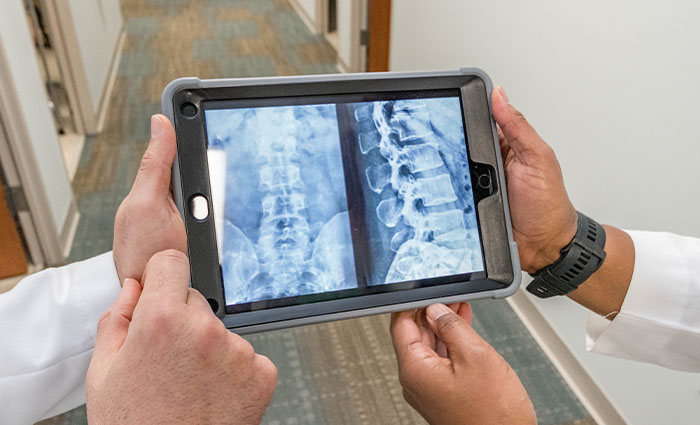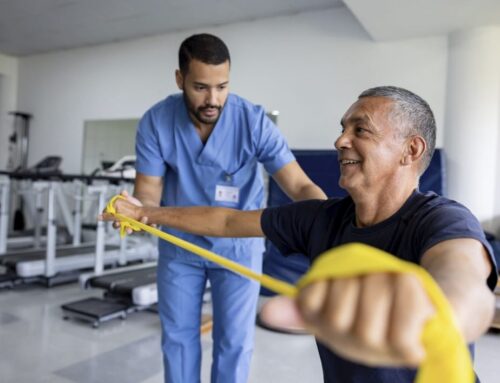A spinal fusion is a surgical procedure that helps relieve back pain. As back pain affects about 80 percent of the population, it is no surprise that the rate of individuals opting for this surgery has doubled since the start of the 21st century, and it has increased each year. Keep reading for more information on spinal infusions.
What is a spinal fusion?
A spinal fusion is a procedure that corrects issues with the vertebrae. This process serves as a way to connect two or more vertebrae together so that they are no longer moving separately. It can also eliminate the stretching of nerves, muscles and ligaments. This aids in better stability in the spine and can help to reduce pain. For those who experience a lot of pain as they move due to arthritis, injury, disease or age, a spinal fusion can be a successful treatment. Leg pain and arm pain can also be related to spinal issues, so you may need to talk to your doctor about treating your individual symptoms best.
Why might you need a spinal fusion?
If you have continual lower back pain and have tried medication, physical therapy or other non-invasive measures to treat the pain with no success, then you may need a spinal fusion.
Conditions that may require a spinal fusion include:
- Degenerative disc issues
- Sacroiliac joint dysfunction
- Piriformis syndrome
- Muscle strain
- Osteoarthritis
- Spinal stenosis
- Scoliosis
- Infections
- Tumors
- Herniated disc
- Fractured vertebra
Before receiving a spinal fusion, you first must meet the requirements. The surgeon must know which area of the spine creates the most pain, which will require an MRI. These tests are not always the most conclusive, however. When an MRI is insufficient, a CT-discogram may be necessary. As this test directly tests the disc space for pain, it helps decipher the source of pain.
How is the procedure performed?
The type of spinal fusion that is needed depends on whether the issue is anterior or posterior. First, the surgeon will make the incision and then carefully look for the damaged discs or affected tissue. If necessary, the surgeon will use a bone graft from the patient’s body or a donor.
The fusion of the bones does not occur during surgery but rather will happen naturally as the new bone and surrounding material begin to grow together. To keep this material together so they can fuse together properly, rods, screws or hooks may be used to hold the graft in place, also ensuring that the spine stays aligned as it heals.
Before closing the incision, the surgeon will replace muscles, nerves and tissue that were moved during the surgery. After the procedure is completed, the patient will receive thorough instructions on the healing process and the steps to take for follow-up care.
How do you recover from a spinal fusion?
After the spinal fusion, you will need to take time to allow the bone graft to fuse naturally. As it melds together and becomes stronger, you will have to limit particular movements, such as lifting anything that weighs more than 10 pounds, bending in any way or twisting your upper body. During the first four weeks of recovery, the pain will be significant. Allow yourself time to rest. As you begin to feel less pain after the initial three months, it is wise to implement physical activity such as short walks, driving and performing small tasks around the house. Spine-specific physical therapy will most likely also be a part of your road to recovery.
Back doctor in Raleigh
Do not live with back pain for the rest of your life. Living with back, leg and arm pain is not living your best life. Pain could be an indication of a more serious issue. Speak with your orthopaedist about the source of your pain. From there, they can determine whether or not you qualify for a spinal fusion.
Cary Orthopaedics Spine Center is the Triangle’s only dedicated orthopaedic spine practice – with expert specialists all under one roof. Our highly trained spine care specialists can help you reduce pain and gain your mobility back. Contact us today to make an appointment at one of our spine care centers.






